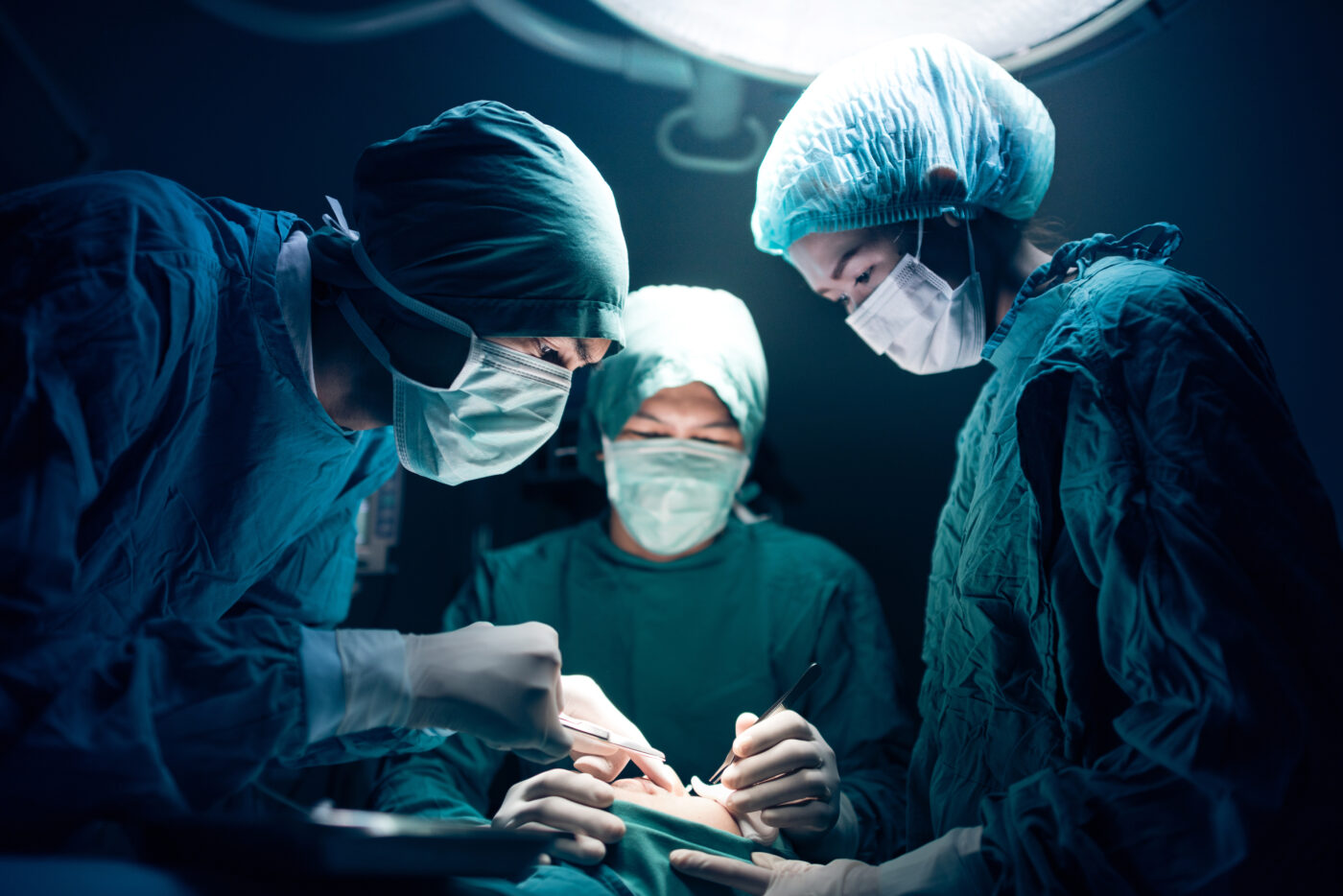The biopharmaceutical industry has witnessed a remarkable surge in the development and production of complex biological therapeutics, ranging from monoclonal antibodies and recombinant proteins to advanced modalities like gene therapies and cell-based treatments. At the heart of this thriving ecosystem lies the critical process of upstream processing – a multifaceted discipline that encompasses the entire workflow from cell line development to the establishment of a robust and scalable bioreactor process.
The Significance of Upstream Process Development
Upstream process development is a foundational pillar in the biomanufacturing arena, as it lays the groundwork for the entire production chain. This phase encompasses a meticulous series of activities, from the selection and engineering of host cell lines to the optimization of culture conditions and the scale-up of bioreactor operations. By meticulously designing and refining these upstream processes, biopharmaceutical manufacturers can unlock the full potential of their biological molecules, ensuring consistent product quality, enhanced productivity, and seamless scalability throughout the drug development lifecycle.
Cell Line Development: The Cornerstone of Upstream Processing
The selection and engineering of an appropriate host cell line is a critical step in upstream process development. Depending on the type of biomolecule being produced, different cell lines may be employed, such as Chinese Hamster Ovary (CHO) cells, Human Embryonic Kidney (HEK) cells, or insect cells. Regardless of the chosen host, the goal is to identify a single, high-performing clone that can reliably and consistently produce the desired product.
The cell line development process typically involves several key steps:
- Host cell line engineering and transfection
- Screening and selection of high-producing clones
- Stability testing to ensure the selected clone maintains its productivity over time
Ensuring the availability of Good Manufacturing Practices (GMP)-compliant cell banks, both Master Cell Banks (MCBs) and Working Cell Banks (WCBs), is a crucial prerequisite before initiating preclinical and clinical studies.
Media and Feed Optimization: Fueling Productivity
The development and optimization of cell culture media and feed strategies play a pivotal role in upstream process development. The goal is to create a nutrient-rich environment that supports robust cell growth and high product titers. This often involves the use of animal-component-free (ADCF) media and feeds to minimize the risk of potential adventitious viral contamination.
Key activities in media and feed optimization include:
- Screening and selection of appropriate basal media formulations
- Optimization of feed strategies, such as fed-batch or perfusion, to sustain cell growth and productivity
- Evaluation of the impact of various media and feed components on cell physiology and product quality
By carefully tailoring the cell culture environment, process developers can unlock the full potential of the chosen host cell line and maximize the yield of the desired biomolecule.
Bioreactor Process Optimization: Unlocking Productivity and Robustness
The final stage of upstream process development focuses on the optimization of the bioreactor or fermentation process. This involves the systematic evaluation and fine-tuning of critical process parameters (CPPs), such as pH, temperature, dissolved oxygen, and feeding regimes, to achieve optimal cell growth, productivity, and product quality.
Key activities in bioreactor process optimization include:
- Screening and selection of appropriate bioreactor operating modes (e.g., batch, fed-batch, perfusion)
- Optimization of process parameters to enhance cell growth, productivity, and product quality
- Scale-up strategies to transition from bench-scale to pilot-scale and ultimately commercial-scale bioreactors
By defining the design space and identifying the critical process parameters, process developers can ensure a robust and reproducible upstream process that consistently delivers the desired product characteristics.
To find out more about upstream processing in the biological sector we invite you to visit our website and read more on biologics contract manufacturing.



